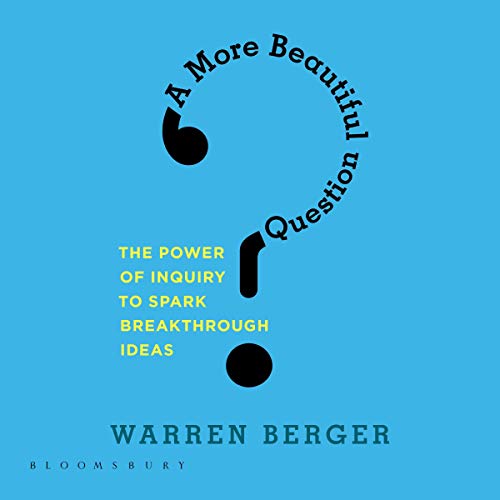
Why do I fish the flies I do?
I love swinging flies for trout. If you are unfamiliar with swinging, the unique action that happens to a properly swung fly is a slow rise through the water column. When casted correctly, your fly will swim through the perfect zone, and then… “zeee zee zee” goes the drag as you come tight to the fish! It is a life changing feeling when it happens.
In 2018, as I sat at my fly bench thinking about an upcoming trip, I was excited to go back to a favorite spot and swing flies for trout, especially large brown trout. As I pondered, “what kind of flies should I fish this trip?” I considered my typical swung flies that I fish from shore, then I realized the contrast between swung flies and the typical streamers I would fish from a boat on the same stretch, and wondered “why do I do that?”.
In the book, “A More Beautiful Question”. By the author Warren Berger, outlines a method of thinking to develop new creative ideas. He refers to this as “Why? What if? How?” The premise behind this problem-solving technique is to introduce a process to the problem before seeking a solution.
“Why?” question serves as the catalyst, to consider alternative perspectives and hidden insights, for innovative solutions to familiar problems.
“What if “ ensures that open-ended questioning fuels creativity, empowering the questioner to explore new ideas beyond what is ‘normally’ considered.
“How?” is where for the first time execution come into focus. By waiting until now the questioner ensures that the initial phases remain unaffected by practical constraints, encouraging broader and more transformative ideas.
Having answered my “Why?”, I then followed Warrens guidance to ask the question “What if?”. I then wondered what if I had a mixed swung and streamer pattern that had the movement of a sparse swung fly, but some of the bulk and presence of a more traditionally stripped fly? Well, that is sure an interesting idea!
Turning to “How?” I looked through my materials and current tying techniques to develop a new pattern that involved palmering feathers, rabbit hair, dubbing brush, and an articulated two-piece body construction with additional bulk at the head of the fly, enhancing its ability to move water.

From there the rest is history as they say. On that subsequent trip I got to the spot I had envisioned, tied on this new fly and began to swing it immediately through the runs it was designed it for. I won’t say that it happened on the first cast, but it was in the first few casts that the line came tight to the biggest brown of the day on the new fly.
Since then every time I start to prepare for an upcoming trip, I am more considerate of “Why?” I fish certain patterns, “What if?” I fish something different? And finally “How?” might I solve that with a new fly pattern.
The Rabbit Berger
Materials list: (links to Amazon)
- Intruder style hook (#6)

- Articulated shank (25 MM)

- Dumbbell eyes (small or medium)

- Zonker style rabbit strips

- Schlappen feathers

The secret to this fly is to create a hide-less rabbit fur dubbing brush that I wrap up the fly to make the body. After which I follow with the saddle hackle, and then brush it all out for the extra flow!

Save 5% at Fly Fish Food
Sign up for rewards with Fly Fish Food, a major online fly tying store and save 5% on your next order.

